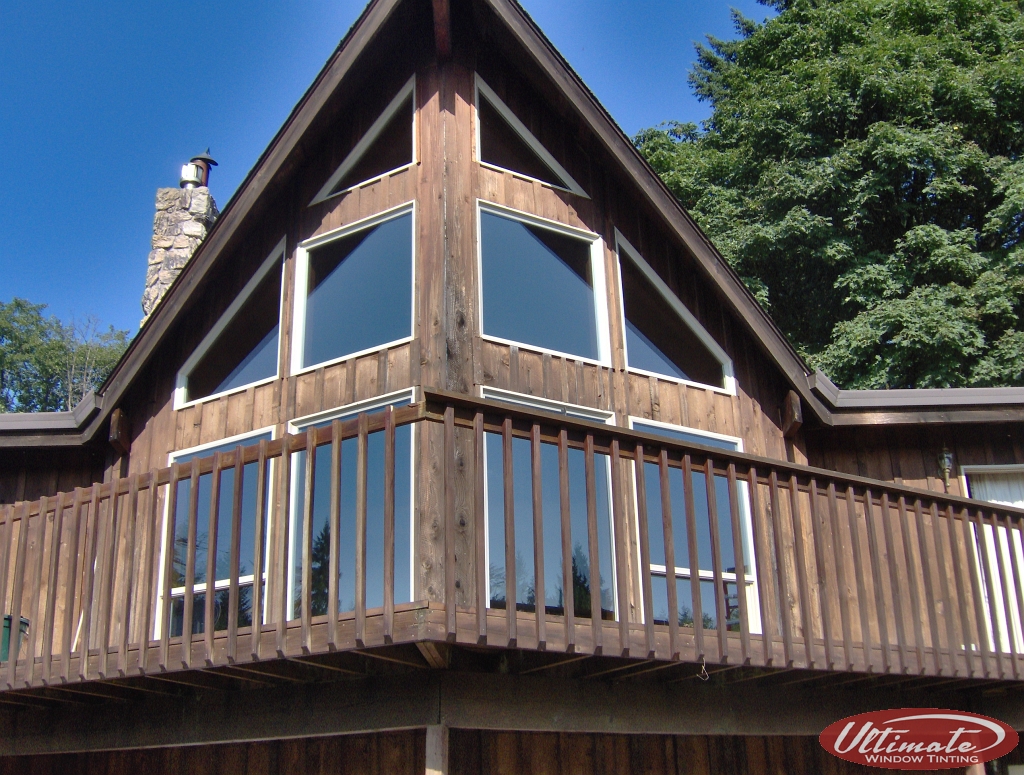Residential Window Tint: The Eco-Friendly Option for Your Home
How Residential Window Tinting Boosts Your Home's Power Efficiency
Residential home window tinting provides an engaging service for house owners looking for to enhance energy effectiveness within their space. By using specialized films to home windows, it efficiently lowers warm transfer, thereby supporting interior temperatures and minimizing the requirement for excessive heating or air conditioning. This not only cuts energy consumption however also supplies an extra comfy setting by minimizing glow. Recognizing the nuances of just how tinting jobs and selecting the proper kind for your home can be pivotal. Strangely enough, what elements should one consider prior to making this investment?
Understanding Home Window Tinting
Understanding window tinting is essential for property owners seeking to improve both convenience and power effectiveness in their space. Residential Window Tint. Home window tinting involves the application of a thin film to the inside or outside surface area of glass windows. This film can substantially regulate the quantity of sunshine and warmth that enters a home, therefore affecting interior climate problems
There are numerous kinds of home window tinting movies readily available, each with unique buildings. The performance of window tinting is often measured by its Visible Light Transmission (VLT) percent, which shows how much light can pass through the film.
Advantages of Power Performance
Home window tinting not only improves visual appeals yet also plays a considerable role in improving energy efficiency within residential rooms. By lowering warm transfer with home windows, colored films develop an extra secure indoor climate, which can result in considerable decreases in power consumption for heating & cooling. This energy performance translates right into reduced energy expenses, supplying home owners with considerable long-term cost savings.

Furthermore, window tinting improves the comfort of living spaces. By lessening glare and obstructing dangerous UV rays, colored windows produce a more pleasant atmosphere, which can result in improved health for occupants. The protection against UV rays additionally helps protect furniture and flooring from fading, adding to the longevity of family things.
Just How Tinting Works
Tinting movies operate through a mix of innovative materials and innovations developed to manage the quantity of solar power getting in a home. Largely made up of polyester, these films typically integrate ceramic or metal particles that absorb and mirror warm. This twin ability enables them to considerably lower the penetration of ultraviolet (UV) rays and infrared radiation while permitting noticeable light to pass through.
The efficiency of home window tinting is measured by its solar warm gain coefficient (SHGC), which shows just how much solar power is transferred via the home window. Lower SHGC worths are more suitable as they represent greater warmth rejection. Additionally, home window colors can feature a selection of shades, allowing home owners to customize their aesthetic choices while boosting energy performance.
In addition, these films function as a barrier, protecting against warm loss during colder months by mirroring interior heat back into the home. This thermal insulation effect matches the air conditioning advantages gained throughout warmer months, adding to a balanced interior climate year-round. By managing solar power effectively, household window tinting not just improves convenience but additionally plays a vital role in decreasing energy consumption and lowering utility expenses.
Picking the Right Tint

There are different types of window movies readily available, including dyed, metalized, and ceramic. Ceramic films supply excellent heat control without compromising visibility and are extremely durable, making them a preferred option.
Visible light transmission (VLT) is an additional vital variable, as it indicates the amount of natural light that can go through the tinted glass. Home owners ought to pick a tint with a VLT that matches their lights choices while still providing appropriate glare reduction.
In addition, assessing the solar heat gain coefficient (SHGC) can aid establish exactly how well a tint can obstruct warm from sunshine. A lower SHGC suggests far better warm control, eventually boosting energy effectiveness.
Installation and Upkeep Tips
Correct installment and upkeep are essential elements in making best use of the benefits of residential home window tinting. To attain optimum outcomes, it is suggested to employ a qualified specialist for setup. This guarantees that the tint is used properly, staying clear of air bubbles, wrinkles, or misalignment that can jeopardize performance. Specialists likewise make use of specialized strategies and devices, which can improve the toughness and efficiency of the tint.
Following installment, upkeep is important to extend the life of the home window movie. It is recommended to wait a minimum of 30 days before cleansing the website link tinted windows to enable the glue to treat fully. When cleansing, utilize a soft cloth and a mild, ammonia-free cleaner to prevent damaging the movie. Prevent abrasive materials that might damage the surface area.
Resolving these issues immediately can protect against additional damages and preserve energy performance. By sticking to these setup and upkeep suggestions, house owners can ensure their window tinting continues to give considerable power financial savings and comfort for years to come.
Conclusion
In conclusion, household home window tinting functions as an effective service for enhancing energy performance within homes. By minimizing heat transfer and obstructing harmful UV rays, home window films contribute to reduce power intake and improved indoor convenience. The choice of proper tinting materials, in addition to appropriate setup and his explanation upkeep, further makes the most of these benefits. Ultimately, home window tinting represents a sustainable financial investment that not just lowers energy costs however also advertises a comfortable living environment throughout the year.
Window tinting includes the application of a thin movie to the inside or outside surface of glass windows. By lowering heat transfer through home windows, tinted movies develop a much more secure interior environment, which can lead to considerable reductions in energy intake for heating and air conditioning.The efficiency of home window tinting is determined by its solar warm gain coefficient (SHGC), which suggests exactly how much solar power is transmitted through the window. By taking care of solar energy effectively, household window tinting not only improves convenience yet also plays an important duty in reducing power usage and lowering energy costs.
By minimizing heat transfer and obstructing dangerous UV rays, home window movies add to reduce energy usage and enhanced interior comfort.